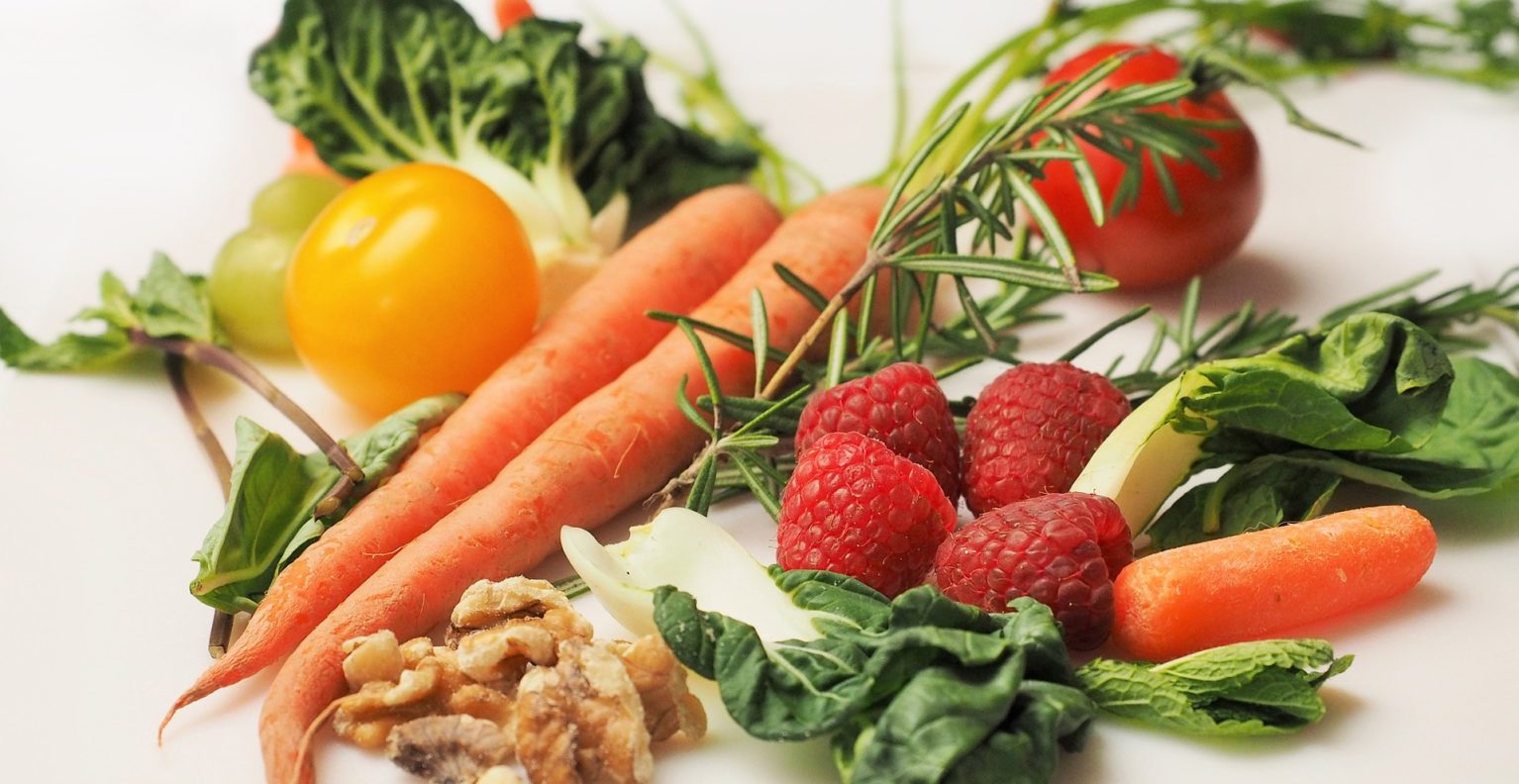You know that eating a diet low in fat and rich in fruits, vegetables and whole grains is important for your overall health. Did you know that the same healthy diet is also good for your eyes and might even reduce your risk of developing cataracts or age-related macular degeneration (AMD)?
Foods rich in vitamins A, C and E are all good for your eyes and general health. Zinc, lutein, zeaxanthin, and omega-3 fatty acids also play an important role:
- Vitamin A — In order to see the full spectrum of light, your eye needs to produce certain pigments for the photoreceptor cells in your retina to work properly. If you are deficient in vitamin A, the production of these pigments stops. Vitamin A also helps to nourish other parts of the eye, including the cornea, the clear layer on the front of your eye. Sources of vitamin A include milk, egg yolks and liver, and you can also get it from eating yellow and orange fruits and vegetables rich in beta-carotene such as carrots, sweet potatoes, squash, cantaloupe, peaches, mangosand apricots. Beta-carotene is converted in the small intestine to a form of vitamin A called retinol.
- Vitamin C — The fluid inside the eye is normally high in vitamin C, which helps prevent oxidation that clouds the eye’s lens, leading to cataracts. It can be found in most fruits and vegetables, especially oranges, grapefruit, papaya, strawberries, tomatoes and green peppers.
- Vitamin E— It protects cells in your eyes from damage caused by free radicals, which break down healthy eye tissue. This damage can increase risks of developing age-related macular degeneration (AMD) and cataracts. Food sources of vitamin E include nuts, sunflower seeds, wheat germ and vegetable oils.
- Zinc— It helps bring vitamin A stored in your liver to your retinas. Good sources include shellfish, eggs, poultry, legumes (peas, peanuts and beans), beef, pork, lamb, whole grains and fortified cereals.
- Lutein and Zeaxanthin— These are carotenoids which are fat-soluble pigments that give color to plants. Lutein and zeaxathin are naturally found in your eyes and serve as a defense against ultra-violet light. However, they diminish over time so you need to eat deep green and yellow foods such as spinach, kale, collard greens, romaine lettuce, broccoli, asparagus and corn to replenish them.
- Omega-3 fatty acids— These help your body absorb vitamins, especially vitamins A and E, and can be found in fish like salmon, tuna and trout.
AREDS
In addition, two large clinical trials called the Age-Related Eye Diseases Studies (AREDS & AREDS2) found that patients with moderate dry age-related macular degeneration (AMD) can reduce vision loss and the risk of the disease progressing to wet AMD by taking a specific combination of vitamins and minerals:
- 400 IU of vitamin E
- 500 mg of vitamin C
- 80 mg of zinc
- 2 mg of copper
- 10 mg of lutein
- 2 mg of zeaxanthin
Talk to your retina specialist or general ophthalmologist before starting any nutritional supplements.


